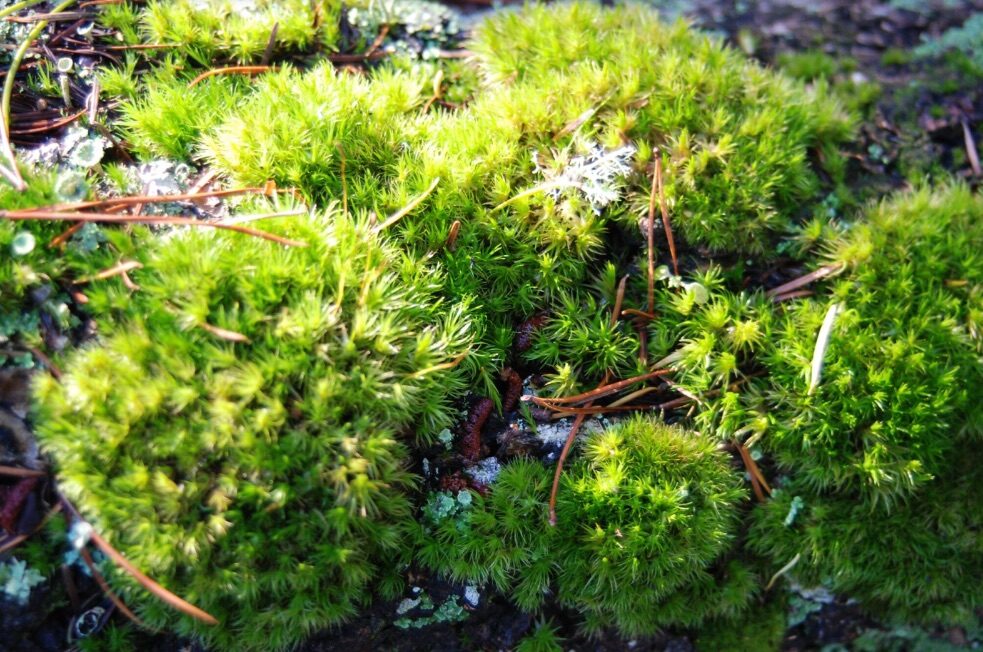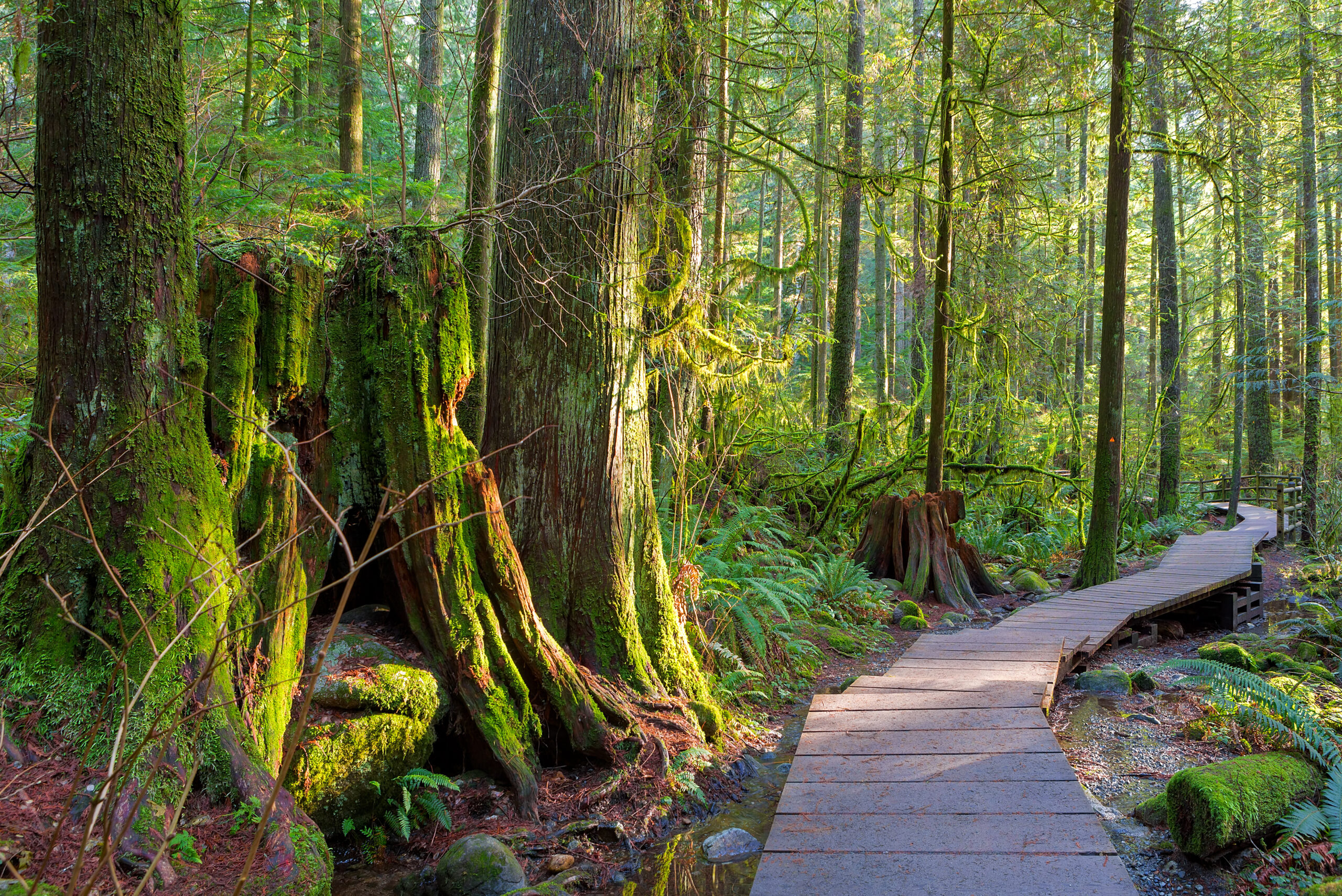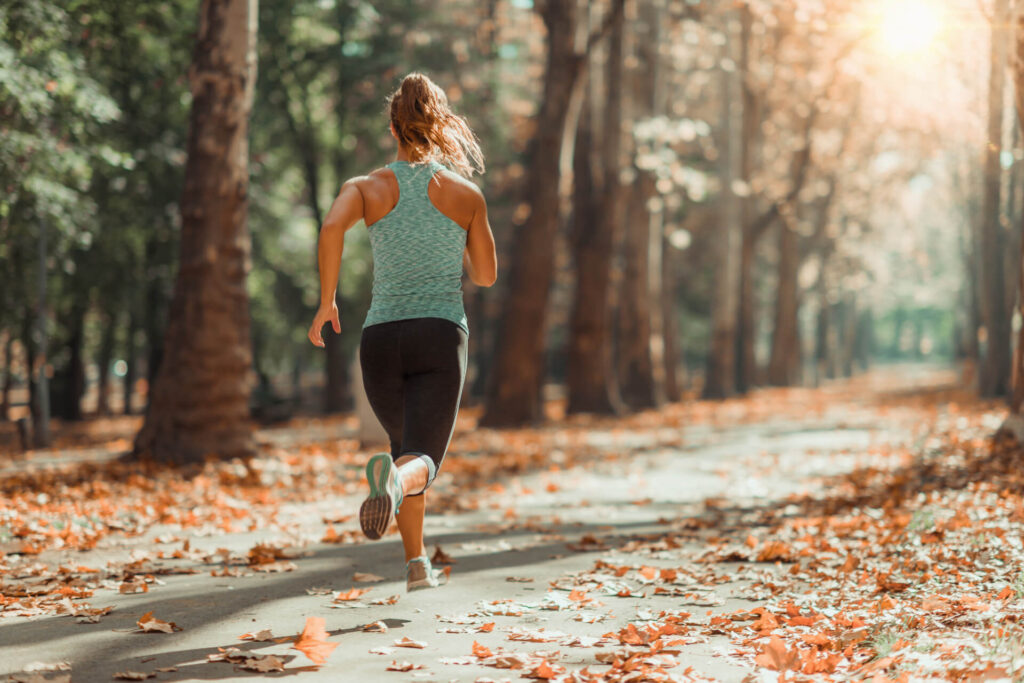We are in the midst of the largest migration in modern times. Uprooted from a past lived intimately with Nature, we are rapidly migrating into vast urban areas. Urban areas that are exponentially growing in their digital connectivity.
This rapid change in our environment affects our health in ways we are just beginning to understand.
Here we explore Nature, how it heals, how losing it affects our health and how we can rewild ourselves back into Balance
Let's Explore:
What is Nature Deficit Disorder
The term “Nature Deficit Disorder” was first used by Richard Louv, an American journalist, in his 2005 book Last Child in the Woods.
Although Nature Deficit Disorder is not recognized as an illness in most medical institutions, there is growing evidence children and adults have a profound need for time in wild, outdoor spaces, and we suffer when we don’t get it.
We know that city dwellers have significantly higher mood and anxiety disorders, and the incidence of schizophrenia doubles in people born and raised in cities. (1)
We know the closer we live to roads, the higher our risk of autism, stroke and cognitive decline in ageing. (2),(3)
We know that exposure to city noise and the fast pace of city living keep us in Fight or Flight mode. Being in constant Fight or Flight mode raises our stress hormones (cortisol). It increases our risk for all those illnesses associated with chronic stress: heart disease, obesity, diabetes, high blood pressure, asthma, gastrointestinal disease, accelerated aging, and premature death.
We know the constant stimulation of urban settings and digital interactions cause mental fatigue and a decreased ability to learn and retain new information. (4)
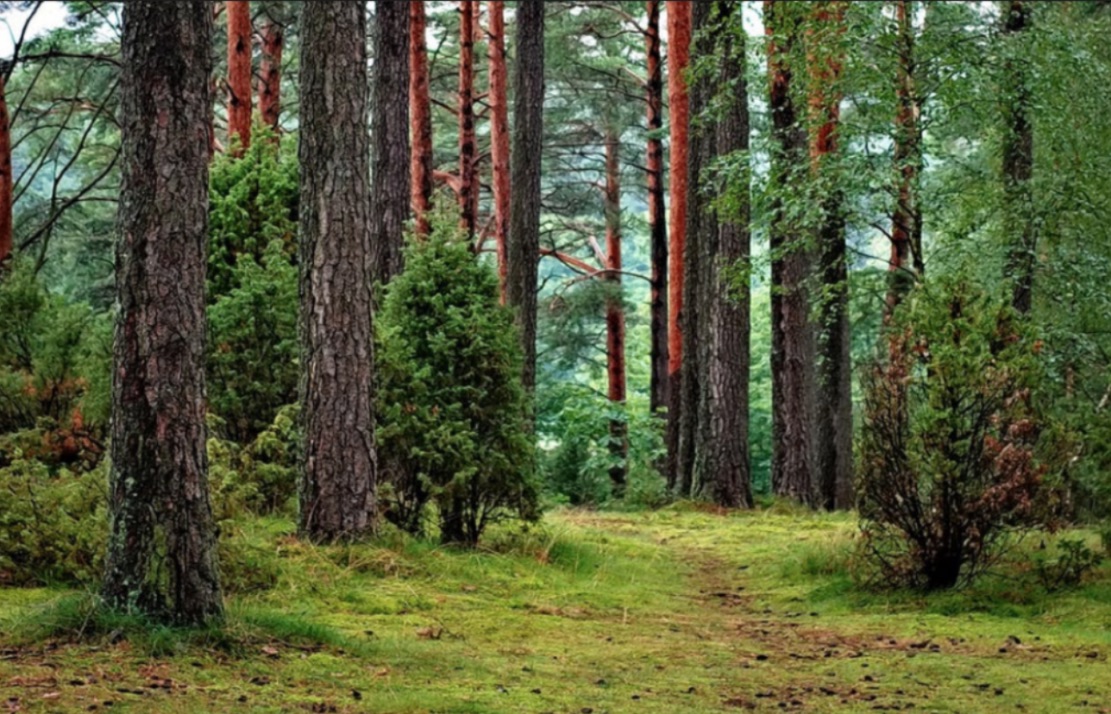
Increasingly, more urbanized countries recognize Nature (like diet and exercise) as essential for maintaining health. Some countries even pay for your nature time!
In Japan, it is called shinrin yoku, “forest bathing.” Through a guided walk on a Forest Therapy trail, you learn to cultivate your five senses to open up to the woods. You touch, taste, see, listen and smell Nature.
More than a quarter of the Japanese population partake in some form of shinrin action. A small but growing number of Japanese physicians are certified in forest medicine, and the International Society of Nature and Medicine is based in Japan.
In South Korea, you can graduate from school to become a forest healing instructor, and the number of official healing forests is rapidly expanding. Germany has more than 1000 “Forest kindergartens,” and they are growing in popularity across northern Europe. In Scotland, access to Nature is a new national indicator of health. In Finland, outdoor play is integrated into the day throughout primary school so that students may spend 15 minutes out of every hour outside. It is no coincidence that Finnish schools rank number 1 in the world. Smithsonian (5)
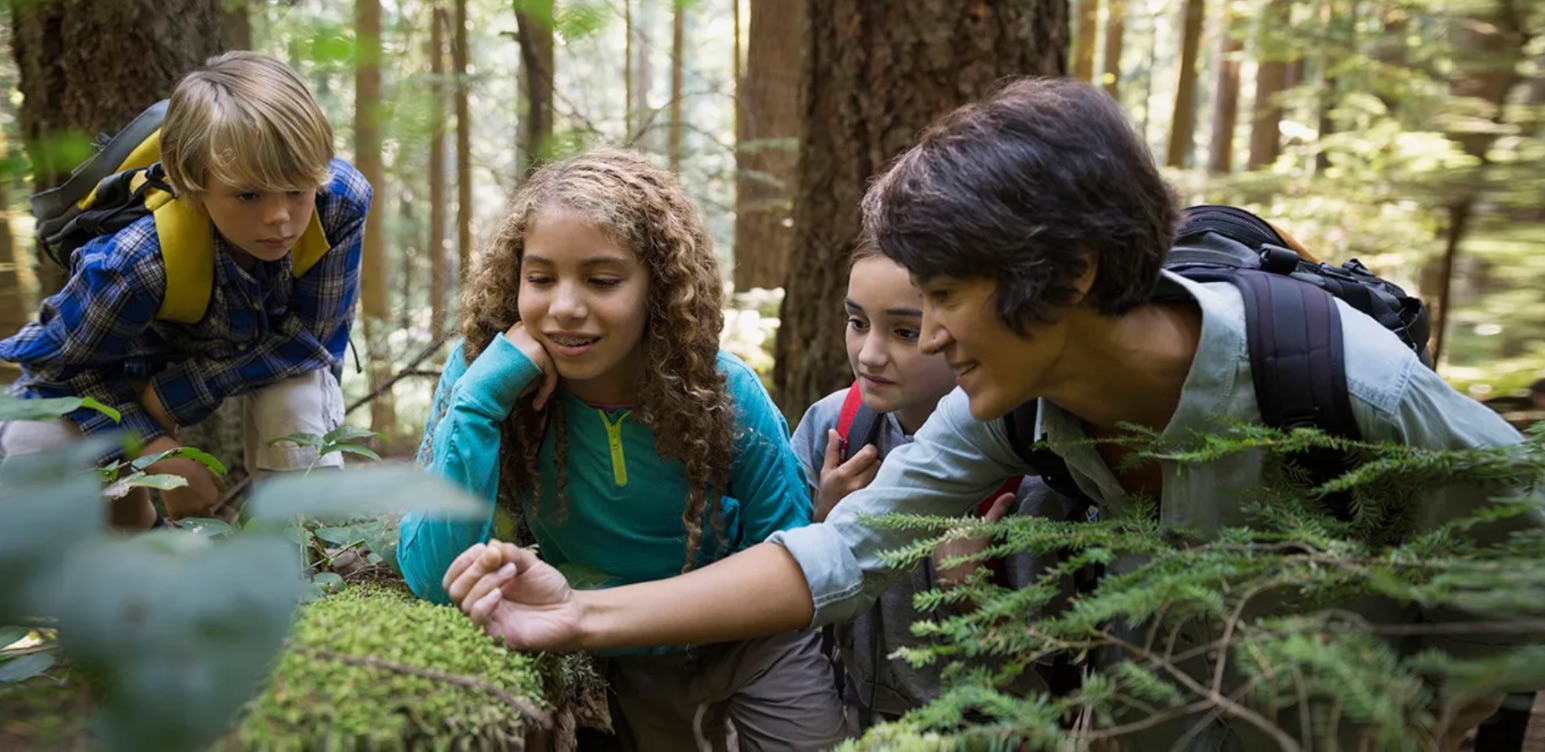
How Nature Heals
To effectively and efficiently incorporate Nature into our busy urban lives, it is essential to understand what it is about Nature that is so good for our health.
In a nutshell, it is how Nature engages all 5 of our senses.
Nature’s colours and repeated fractal patterns calm us. That is why apartments that look out unto a green space have lower crime rates than those that look at concrete.(6) It explains why recovery from surgery is quicker in rooms with a nature view. (7)
It is the sounds we hear in Nature. Wind, water and bird sounds (along with our favourite music and the voices of our loved ones) are the sounds that make us happiest. They engage every part of our brain and reduce our blood pressure and cortisol levels. Again, they calm us and decrease our “flight or fight” mode.
Nothing hits the brain’s emotional neurons more powerfully than smells, and Nature is full of healthy ones. The higher concentrations of oxygen and the vast array of essential oils given off by trees and plants calm us. They elevate our mood and reduce stress markers by 50%. (8) (9)
Geosmin, the smell of earth after a rain, boosts our immunity and helps us fight cancer. Our sense of smell is so sensitive to geosmin that we can detect the equivalent of 7 drops in a swimming pool. It is the smell of geosmin that camels follow to lead them to water. Geosmin is the smell of survival, and we feel it.
And all these benefits of a walk in Nature compared to sitting in the middle of a city are completely lost if we take our cell phones and interact digitally.
Why?
How can you see, smell, hear, touch and taste Nature when you are interacting digitally?
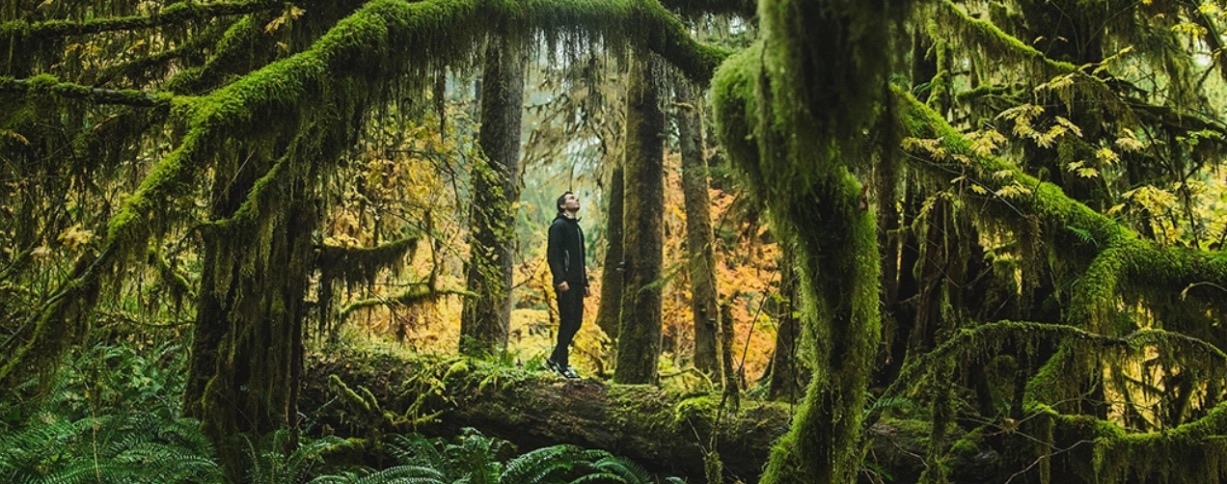
Rewild Yourself
If it is the whole sensual, immersive experience in Nature that is so vital to our health, then the way to rebalance is to rewild ourselves. Rewild and revert to a more natural and untamed state of being, where you become aware and reconnect to Nature all around you. Rewilding rekindles our instincts and calls to our untamed selves.
Yes, rewilding is easier if you live in the forest, but there are ways to rewild in an urban setting.
Learn the best plants to forage each season in the wild places around you. Make foraging a ritual you do every season. Reconnect to Nature’s Cycles by celebrating every winter solstice and contemplating the summer equinox. Observe the tides and know how full the moon is every night.
Choose to walk in quiet parks where you can hear wildlife vs one surrounded by city noise. One with more trees and vegetation giving off essential oils is wilder and more soothing than one with manufactured art. Stop to smell the calming lavender essential oil, the elevating pine oil, or the soothing sound of a nearby bird. The more you immerse and connect, the stronger the effect.
Choose Nature for your get-together and walk that chardonnay to your favourite nearby nature space. Don’t have one? Find one. The very process of finding one rewilds yourself.
Studies suggest that spending at least 120 mins/per week in Nature leads to reports of good health and high scores on well-being. (10) Spending longer than 120minutes did not increase the benefits, and it didn’t matter whether the time spent happened all at once or was spread throughout the week.
You can use the 120 minutes as your guide, but learn to listen to your body’s messages to determine how much Nature time you need.
Find your balance, listen to your body’s messages, let Health guide you and let Nature Heal you.
Learn More:
References:
1) Health Effects of Urban Living
3) Pollution and Stroke Incidence
4) Nature and coping with Psycho-physiological stress
5) Why are Finnish Schools so successful
6) Rate of crime rate with concrete vs green space views
7) Recovery from Surgery with green space
8) Spending time outside is good for you
9) This is your Brain on Nature
10) Spending 120mins/week in Nature assoc. with good health and wellbeing
